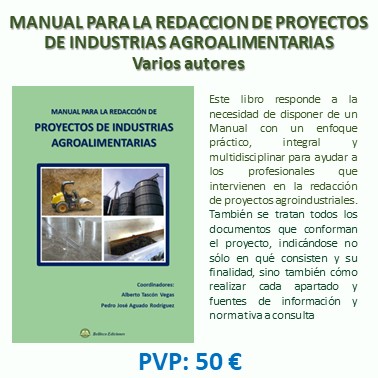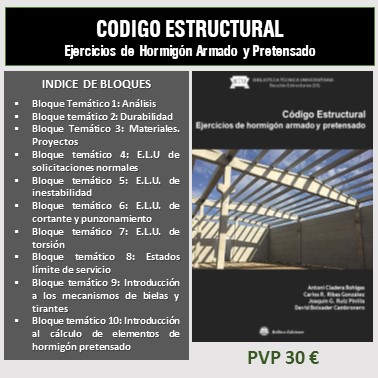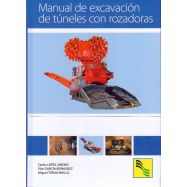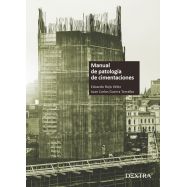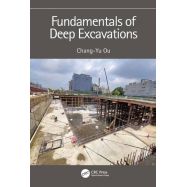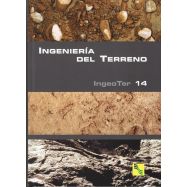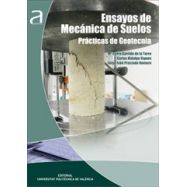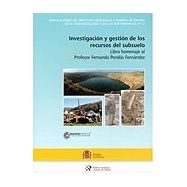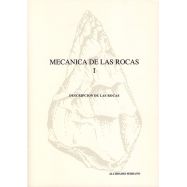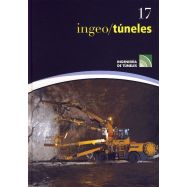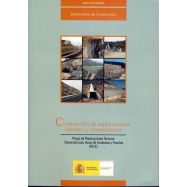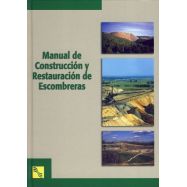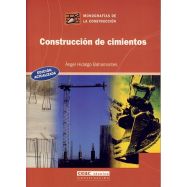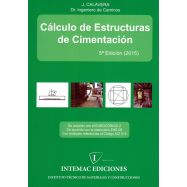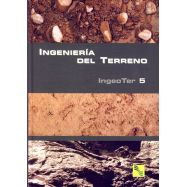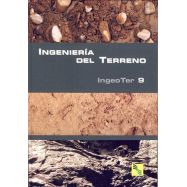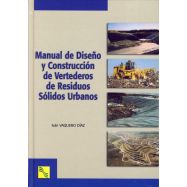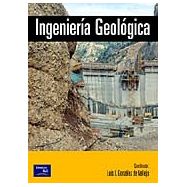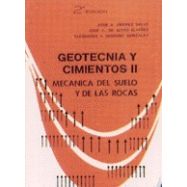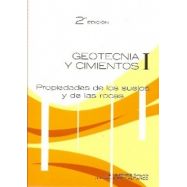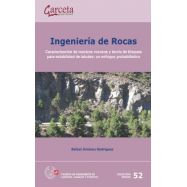Ningún producto
Materias
- BELLISCO EDICIONES. Nuestro Fondo Editorial
- FONDOS EDITORIALES EN DISTRIBUCION
- LIBROS TECNICOS EN INGLES
- ARQUITECTURA - URBANISMO
- AUTOMOCION - MOTORES - VEHICULOS
- AVIONICA - AERONAUTICA
- CALIDAD - EMPRESARIALES - GESTION
- CIENCIAS EXACTAS - MATEMATICAS
- CIENCIAS NATURALES Y APLICADAS
- CIENCIAS DE LA TIERRA - INGENIERIA DEL SUELO
- DICCIONARIOS TECNICOS
- ESTRUCTURAS - CONSTRUCCION
- FORMACION PROFESIONAL
- HIDRAULICA - INGENIERIA SANITARIA - AGUAS
- INGENIERIA CIVIL - OBRAS PUBLICAS
- INGENIERIA MECANICA E INDUSTRIAL
- INSTALACIONES . GENERALES, EN EDIFICACION E INDUSTRIALES
- MATERIALES
- MEDIO AMBIENTE
- NORMATIVA
- OPOSICIONES
- PREVENCION DE RIESGOS LABORALES
- PROGRAMAS INFORMATICOS DE CALCULO
- TECNOLOGIA DE LOS ALIMENTOS: Industrias: Conservación, envasado y cadenas alimentarias
- TELECOMUNICACIONES - INFORMATICA - TECNOLOGIA DE LA INFORMACION
- OUTLET DE BELLISCO: Descuentos de hasta el 80%
- RELIGION, TEOLOGIA, MORAL Y ESPIRITUALIDAD
- VARIOS
- OFERTAS
- PROMOCIONES
- NEWSLETTER
- CATEGORIAS DESTACADAS
- ULTIMAS NOVEDADES BELLISCO
- ARQUITECTURA SOSTENBILE
- URBANISNO
- MATEMATICAS EN GENERAL
- AGRONOMOS-AGRICULTURA-FORESTALES
- ELECTROMAGENTISMO-ELECTRONICA-ELECTRICIDAD
- INGª Y MECÁNICA DEL SUELO. CIMENTACIONES
- TOPOGRAFIA, FOTOGRAMETRÍA, GEODESIA
- EDIFICACION
- ANALISIS DE ESTRUCTURAS, RESISTENCIA DE MATERIALES, ELASTICIDAD, CALCULO MATRICIAL
- OFICIOS VARIOS
- ABASTECIMIENTO Y DISTRIBUCION DE AGUA
- PUENTES
- TUNELES Y OBRAS SUBTERRANEAS
- MAQUINAS Y MECANISMOS
- SOLDADURA
- CLIMATIZACION
- INSTALACIONES DE AGUA
- INSTALACIONES ELECTRICAS CIENCIA E INGENIERIA DE MATERIALES
- ENERGIAS RENOVABLES
- DESARROLLO SOSTENIBLE
- INFORMATICA-SISTEMAS-FORMACION-PROGRAMAS
-
DEEP EXCAVATIONS IN SOIL
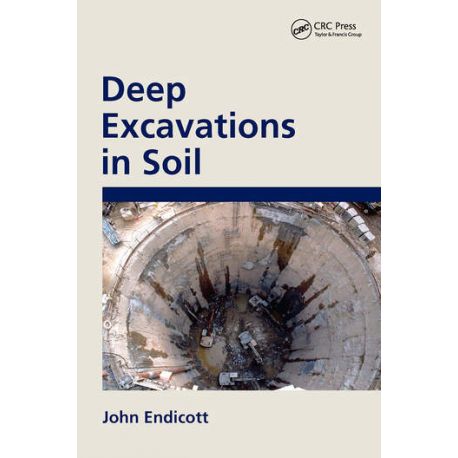 Ver más grande
Ver más grande Referencia: Código 09913
Mayo de 2022 - PorJuan Endicott - Refª 9913
PorJuan Endicott
Mayo de 2022 Páginas: 258
Código 9913 ISBN/EAN: 9780367507381
Book Description
The book describes the theory and current practices for design of earth lateral support for deep excavations in soil. It addresses basic principles of soil mechanics and explains how these principles are embodied in design methods including hand calculations. It then introduces the use of numerical methods including the fundamental “beam on springs” models, and then more sophisticated computer programmes which can model soil as a continuum in two or three dimensions. Constitutive relationships are introduced that are in use for representing the behaviour of soil including a strain hardening model, and a Cam Clay model including groundwater flow and coupled consolidation.
These methods are illustrated by reference to practical applications and case histories from the author’s direct experience, and some of the pitfalls that can occur are discussed. Theory and design are strongly tied to construction practice, with emphasis on monitoring the retaining structures and movement of surrounding ground and structures, in the context of safety and the Observational Method. Examples are presented for conventional “Bottom-up” and “Top-down” sequences, along with hybrid sequences giving tips on how to optimise the design and effect economies of cost and time for construction. It is written for practising geotechnical, civil and structural engineers, and especially for senior and MSc students.
Table of Contents
1. Introduction 2. How are deep excavations created 3. Design 4. Contracts 5. Practice
Author(s)
Biography
John Endicott is an AECOM Fellow. Since receiving his PhD in modeling slope deformation in 1970 he has have worked on a wide range of Civil Engineering projects. Most of his career has been based in Hong Kong. He was Design Director for the Hong Kong Airport 1240 ha site preparation and other land reclamations, and he has worked on over a hundred underground railway stations and has extensive experience on many, water, road and rail tunnels, basements, foundations, slopes. He pioneered the use of numerical modelling for deep excavations with the first diaphragm wall computer programme for Maunsell in 1976, and the first use of FLAC for a Private Building in Hong Kong in 1986. He is a past Lumb lecturer at University of Hong Kong, and is also an Adjunct Professor running part-time MSc programmes at Hong Kong University of Science and Technology and at University of Hong Kong, and is a Fellow Commoner at St Catharine's College Cambridge.
Descripción del libro
El libro describe la teoría y las prácticas actuales para el diseño de soportes laterales de tierra para excavaciones profundas en el suelo. Aborda los principios básicos de la mecánica del suelo y explica cómo se incorporan estos principios en los métodos de diseño, incluidos los cálculos manuales. Luego introduce el uso de métodos numéricos, incluidos los modelos fundamentales de "viga sobre resortes", y luego programas informáticos más sofisticados que pueden modelar el suelo como un continuo en dos o tres dimensiones. Se introducen las relaciones constitutivas que se utilizan para representar el comportamiento del suelo, incluido un modelo de endurecimiento por deformación y un modelo Cam Clay que incluye el flujo de agua subterránea y la consolidación acoplada.
Estos métodos se ilustran con referencia a aplicaciones prácticas e historias de casos de la experiencia directa del autor, y se analizan algunos de los escollos que pueden ocurrir. La teoría y el diseño están fuertemente ligados a la práctica de la construcción, con énfasis en el monitoreo de las estructuras de contención y el movimiento del suelo y las estructuras circundantes, en el contexto de la seguridad y el Método de Observación. Se presentan ejemplos de secuencias convencionales "de abajo hacia arriba" y "de arriba hacia abajo", junto con secuencias híbridas que brindan consejos sobre cómo optimizar el diseño y lograr economías de costo y tiempo para la construcción. Está escrito para ingenieros geotécnicos, civiles y estructurales en ejercicio, y especialmente para estudiantes de último año y de maestría.
Tabla de contenido
1. Introducción 2. Cómo se crean las excavaciones profundas 3. Diseño 4. Contratos 5. Práctica
TAMBIEN LE PUEDE INTERESAR
- 44,46 €
- 25,00 €
- 24,50 €
- 85,00 €

